Lancia Flaminia and Flavia
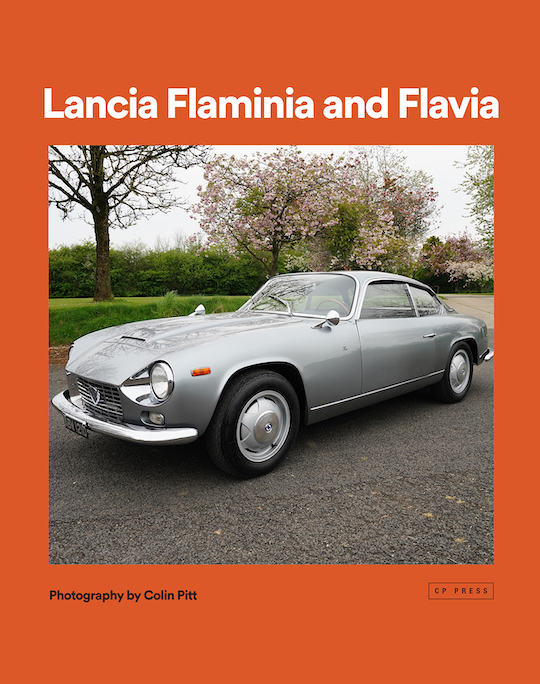 by Colin Pitt
by Colin Pitt
“After the 1956 Turin Motor Show the Lancia Flaminia prototype remained a one-off but there followed a dozen pre-production cars that preceded start of production in July 1957. These pre-production cars with provisional chassis numbers 0002 to 00011 were already built by May 1956 and . . .”
These are literally the first words in the book. No “This is who I am and this is what I’m writing about.” If this strikes you as rather abrupt, well, the book stays on that note for the whole ride. Considering how thin the Lancia literature is, we’ll review it anyway!
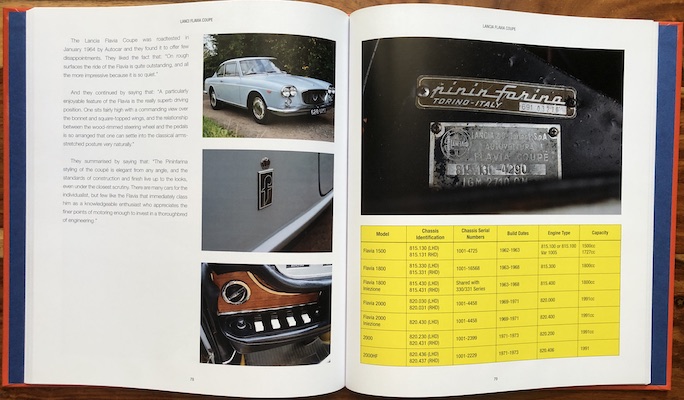
Useful detail in the form of all sorts of tables (there are many such) and good detail shots but the front three-quarter views do nothing for the cars. This lovely Flavia Coupe is also shot from fairly low and is super-tightly cropped on the sides, something a pro shooter usually seeks to avoid.
A more apropos reason to review it, and, in time, others by this author-publisher, is that CP Press finally has a proper US distributor which, at the least, will stabilize retail prices. This UK publisher was started in 2015 by an Essex-based photographer with a particular interest in black and white photography in the areas of Architecture, Art, Photography, and Motoring. The latter comprises currently eight titles of which the Lancia book is the newest. There used to be more but they are apparently only available on the secondary market and in the main consisted of road test compilations (“The Inside Story of Your Car from Leading Motor Magazines”) rather than what is best described as model guides such as this Lancia book. In fact, one of those road test books (9781841554297, a 2018 softcover of 86 pages) pertained to just these models.
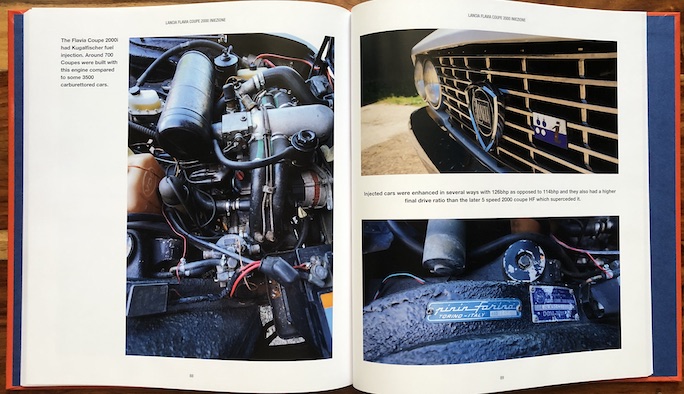
If you know what the left-hand page shows, this is exactly the sort of book you’d seek out. If you don’t, your quest for further enlightenment is not helped by having the name of the key bit of kit misspelled. The book has in fact quite a few typos but they look more like sloppiness than anything else, to wit Count Volpi di Misurata is once spelled with a “z” at the end. Look at a QWERTY keyboard and the reason is obvious. And there’s an irritating randomness when it comes to hyphenating brands (Alfa Romeo = no, Rolls-Royce = yes). No biggie but so avoidable.
In this book too there are quite a number of brief excerpts from road tests (mostly UK and US magazines) but the emphasis is on overarching narrative touching on various aspects of design, development, and performance. There is no index so it’s not until you’ve read the whole book that you know there are gaps. For instance, the one-off 1963 Flaminia Coupé Speciale by Tom Tjaarda is not mentioned, nor the four Flaminia 335 “Presidenziale” seven-seater stretch limos commissioned for Queen Elizabeth’s state visit; all five survive, with known whereabouts. Absent an author’s declaration of intent the reader is left to wonder what exactly this book is meant to accomplish.
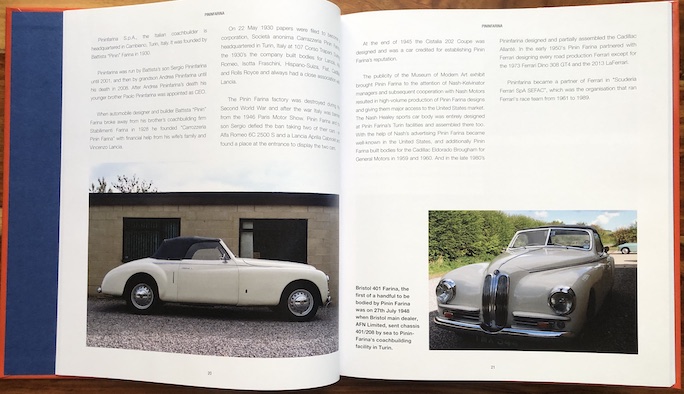
Are we still in the same book? Is this a Lancia? Another indicator that this book is aimed at people who already know what’s what. You’re reading a longish section on the Flaminia and you turn the page to the above, and without any clues such as a subhead or an initial cap you’re confronted with an altogether separate topic, here a 30-page section on Pininfarina (the car above being a Bristol). Well, there’s the running head, but who looks at that first?? Ditto later for Zagato. An author can’t very well be expected to think of such things, but an editor and a designer and a publisher should—but here they’re probably all the same person.
The Lancia book is certainly the least mainstream of the CP offerings (others are about Astons, Porsches, Lotus, Jensen, and even the already painstakingly recorded Bentley Continental) so it does solidify the body of literature even if it doesn’t exactly expand it.
Nobody goes into publishing for the money so one can only speculate why Pitt, who was also once a law lecturer, switched careers. The book cover calls out “Photography by Colin Pitt” but even on that score the book is a bit uninspired. No evident attention, for instance, is paid to any sort of staging, i.e. positioning a car to minimize background clutter. While there are detail shots that will be useful to restorers, exterior shots of the whole car are mostly from angles one wouldn’t expect of a professional photographer as they give only a rather skewed impression of the lines which is all the more noteworthy as design and coachbuilding are given such attention in the text.
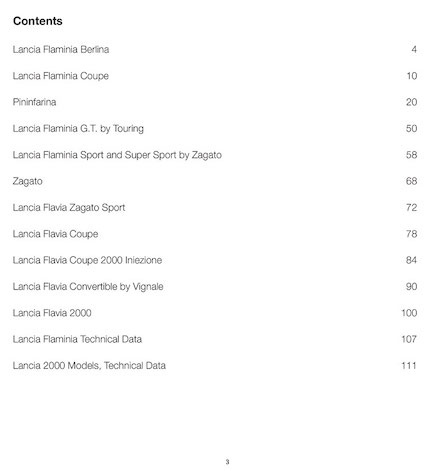 So, we have here, however briefly, a rundown of the Flaminia Berlina and Coupe, the Flaminia G.T. by Touring, the Flaminia Sport and Super Sport by Zagato, the Flavia Zagato Sport, the Flavia Coupe and Coupe 2000 Iniezione, the Flavia Convertible by Vignale, and the Flavia 2000 saloon. Intermingled are pages-long sidebars dealing with Pininfarina and Zagato coachwork on other marques. The data sets, see below, are very comprehensive, from chassis and production numbers to valve clearances, but audience participation is required to connect certain dots (cf. years of production, total output).
So, we have here, however briefly, a rundown of the Flaminia Berlina and Coupe, the Flaminia G.T. by Touring, the Flaminia Sport and Super Sport by Zagato, the Flavia Zagato Sport, the Flavia Coupe and Coupe 2000 Iniezione, the Flavia Convertible by Vignale, and the Flavia 2000 saloon. Intermingled are pages-long sidebars dealing with Pininfarina and Zagato coachwork on other marques. The data sets, see below, are very comprehensive, from chassis and production numbers to valve clearances, but audience participation is required to connect certain dots (cf. years of production, total output).
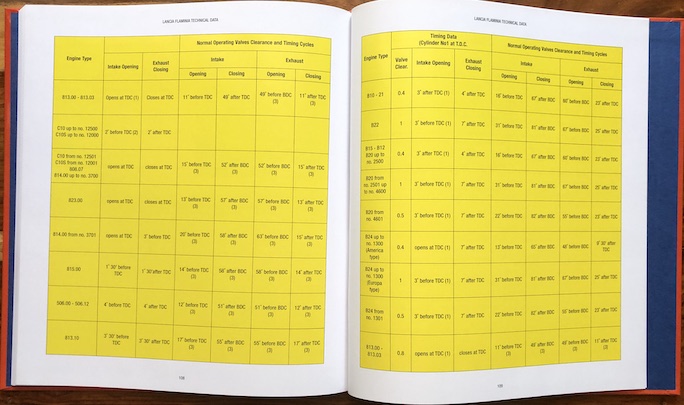
Lancias most often make an appearance in rally books so if road cars are what you need to know about, this book is just about the only game in town.
Copyright 2023, Sabu Advani (Speedreaders.info)


 RSS Feed - Comments
RSS Feed - Comments
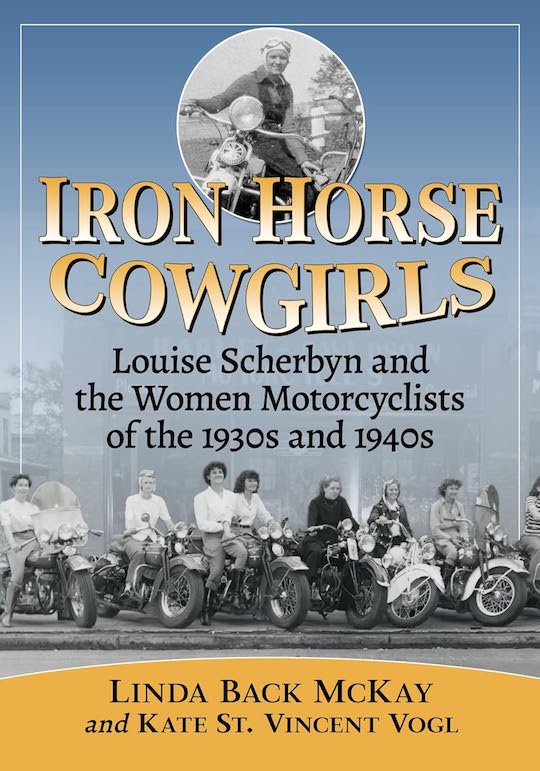
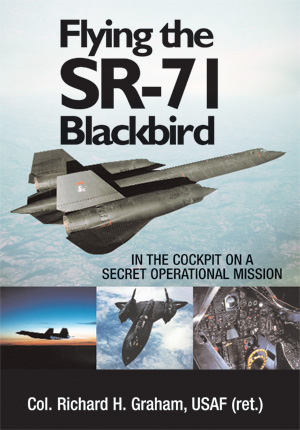
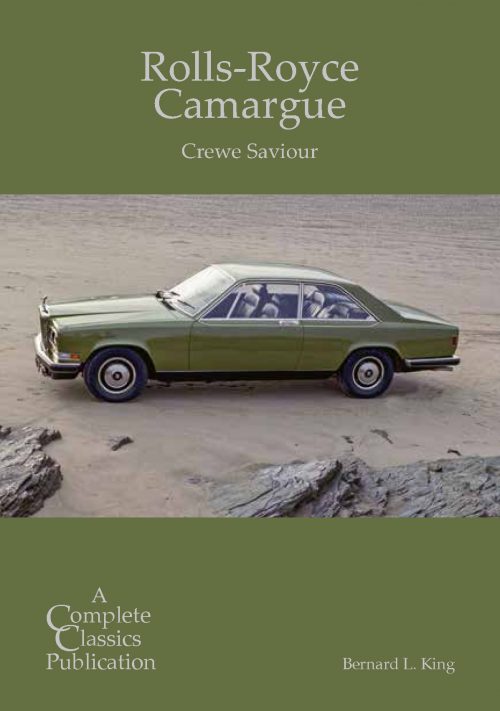
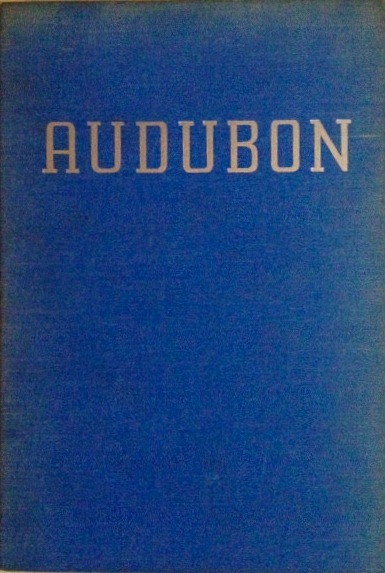
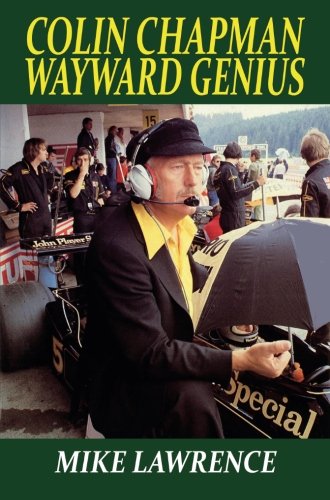

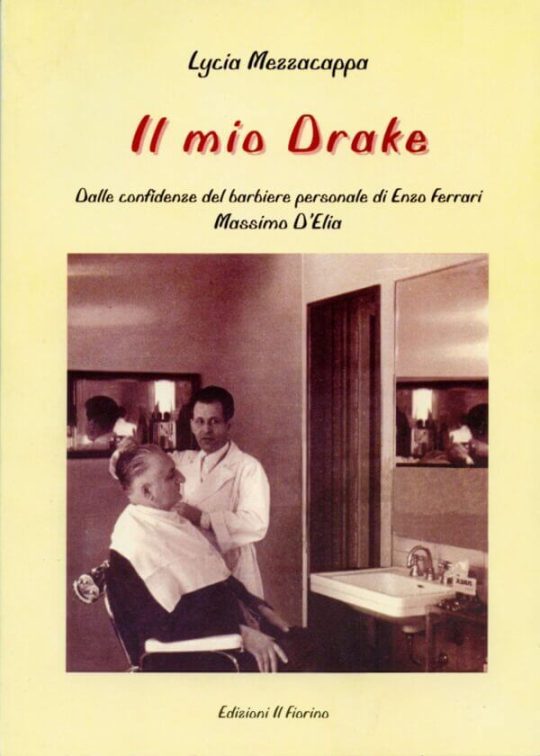

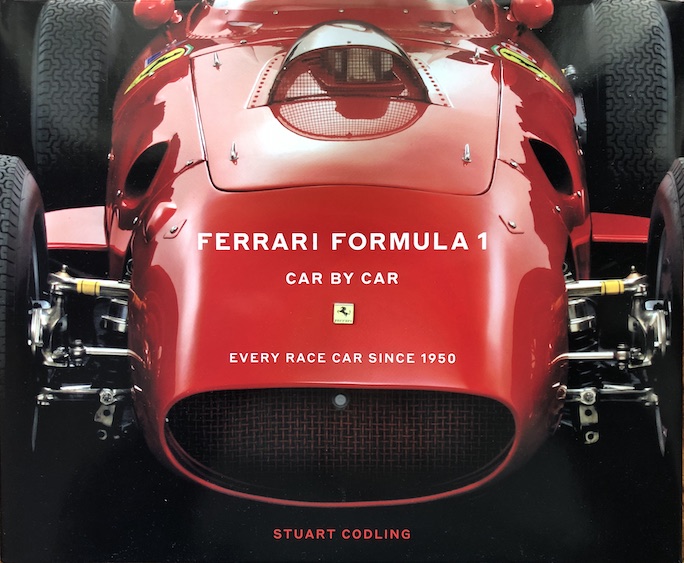
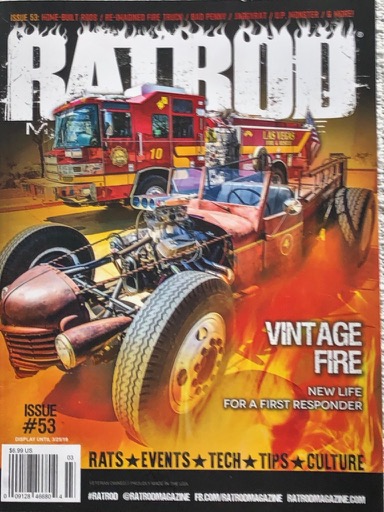
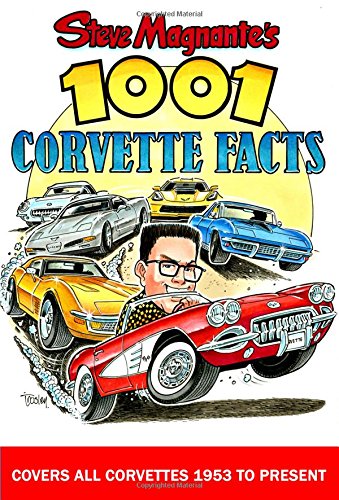
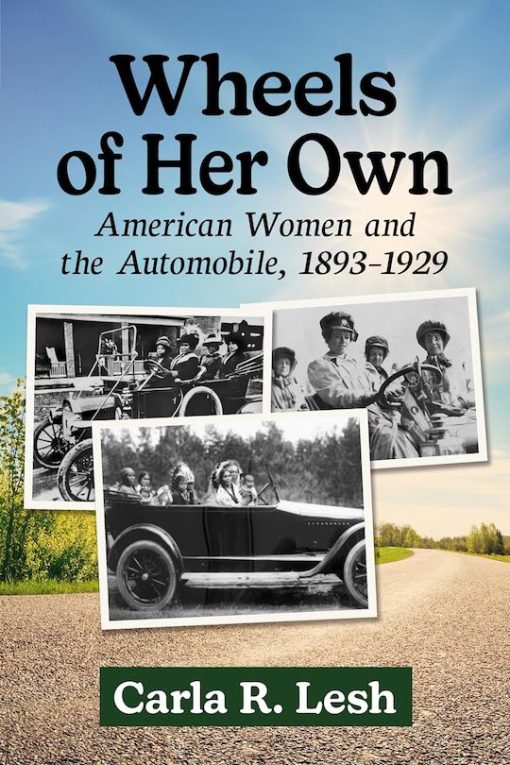
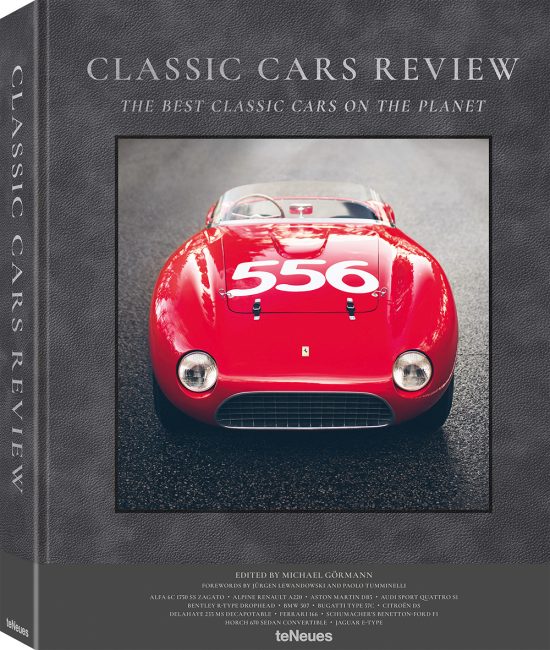
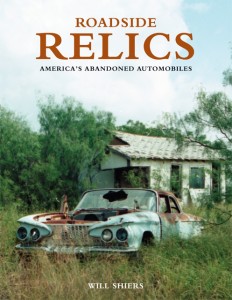
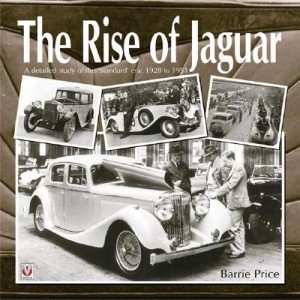

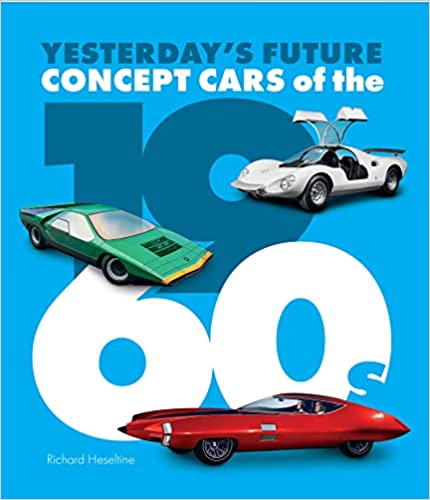
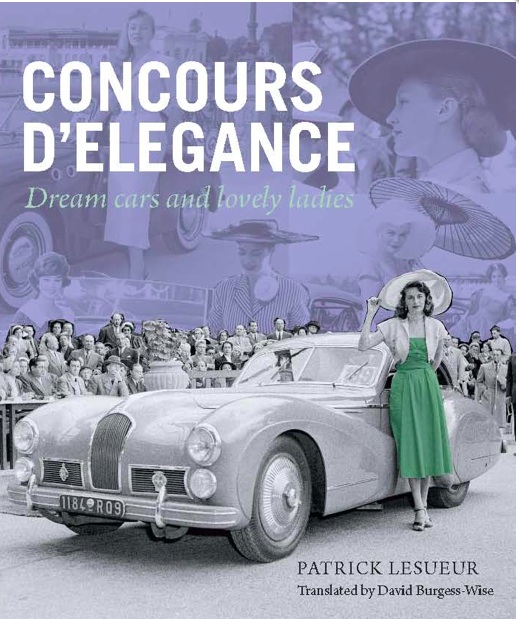
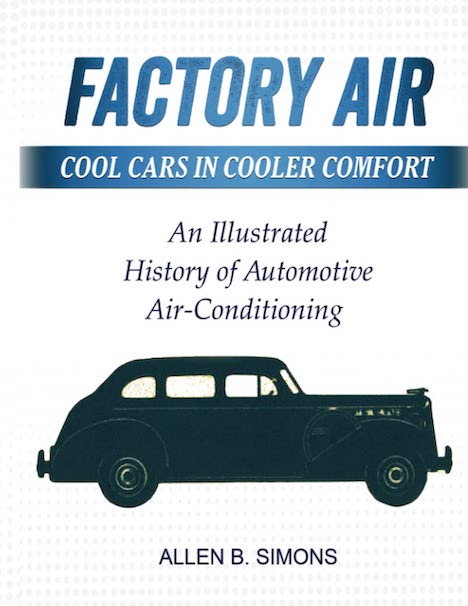
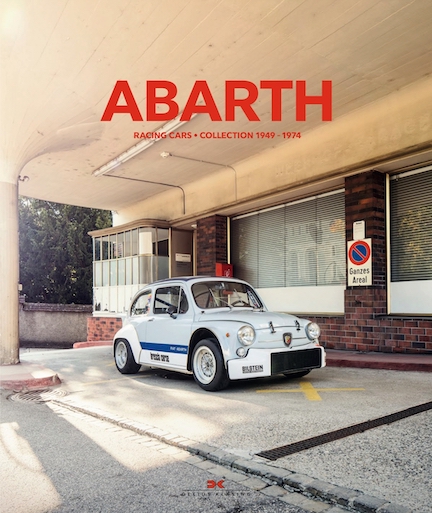


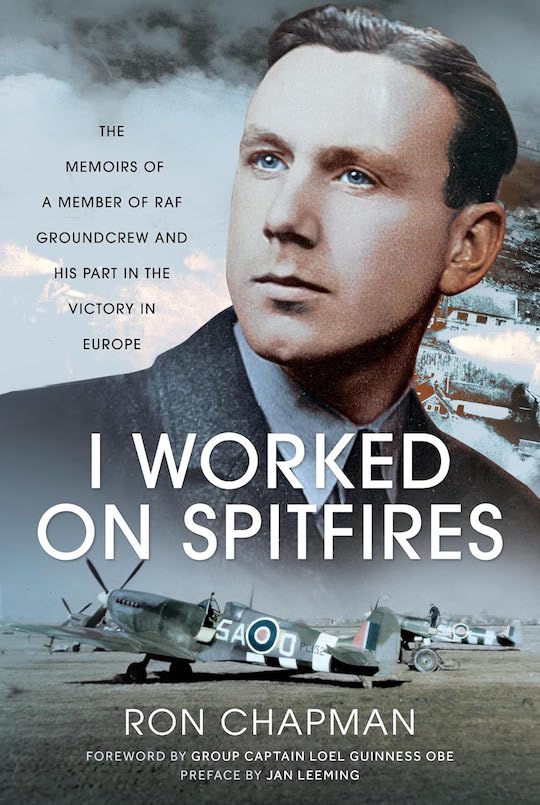
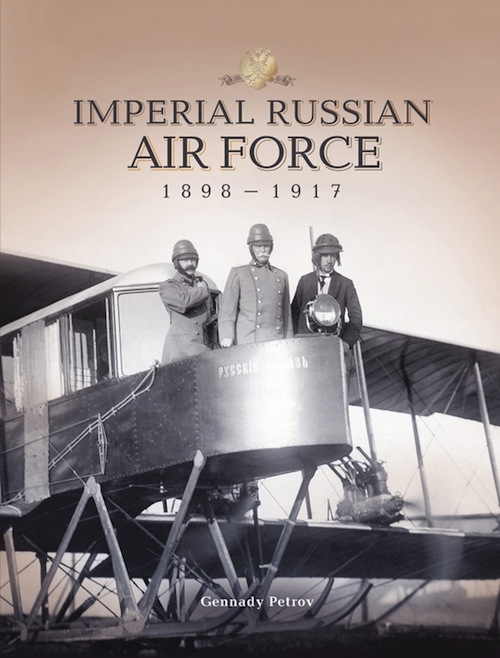
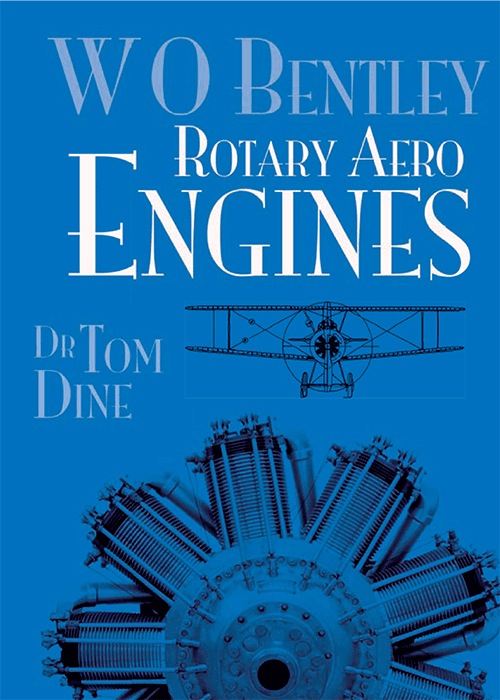
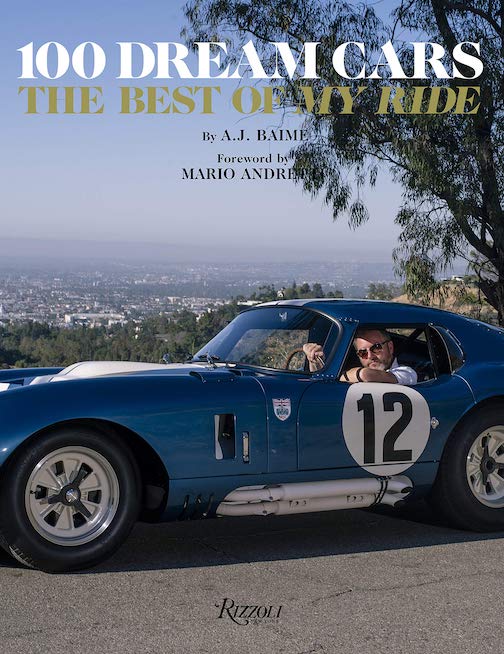
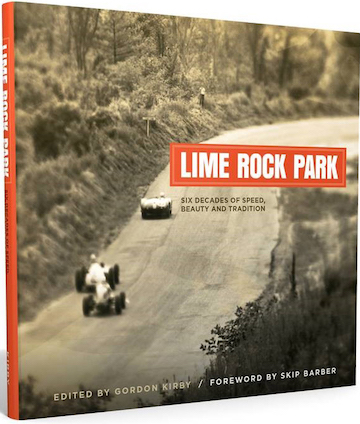
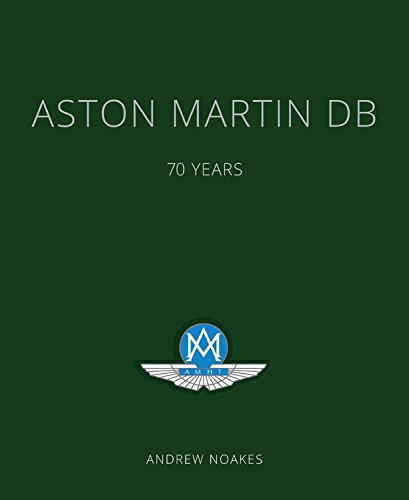
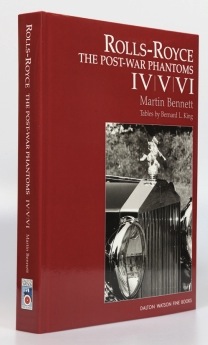
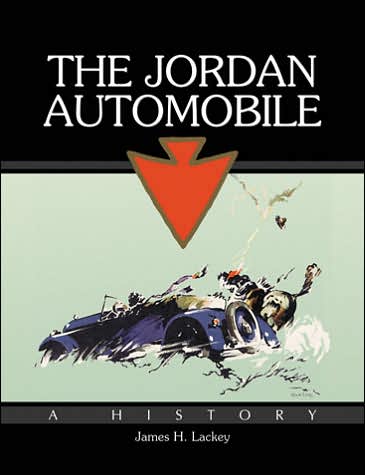
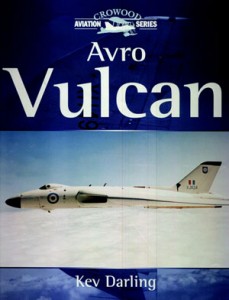

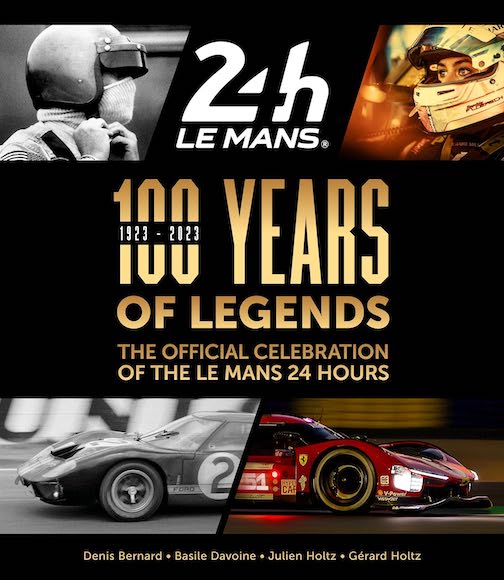


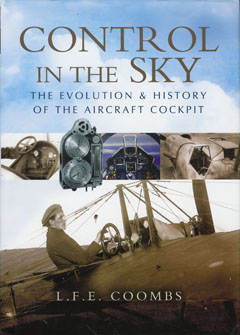
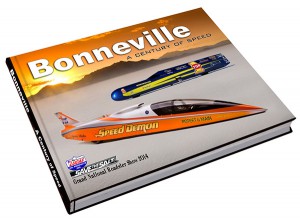
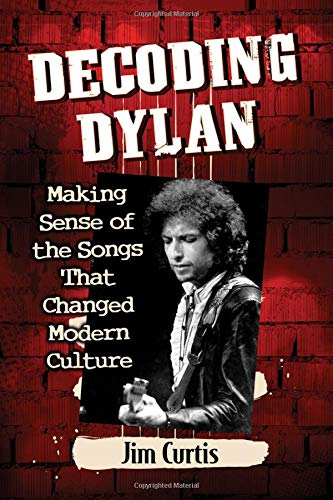
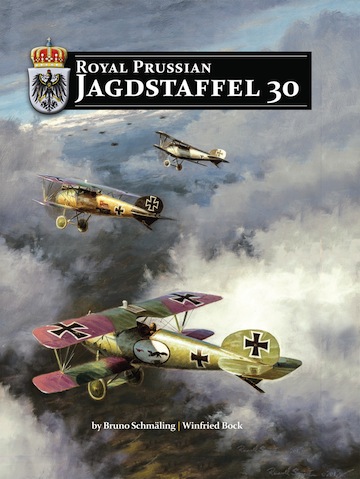
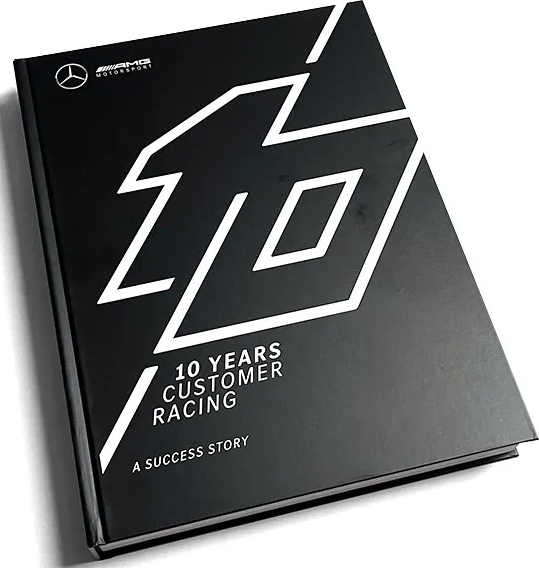
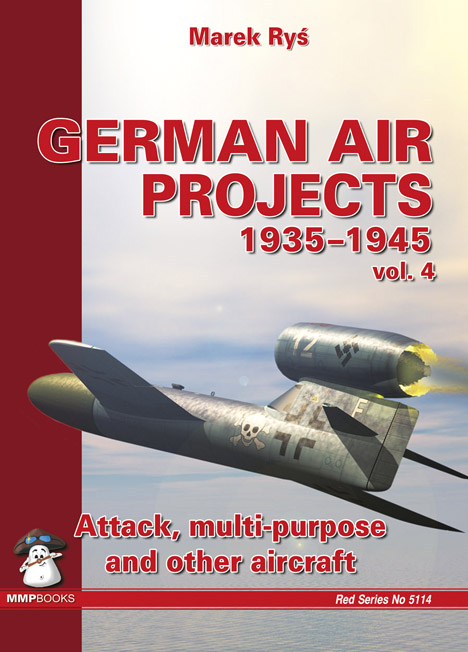
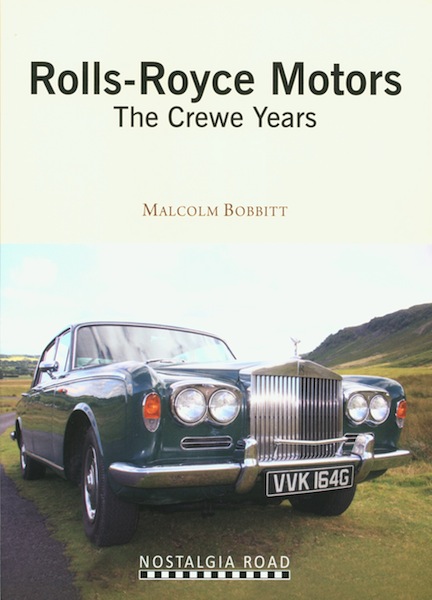
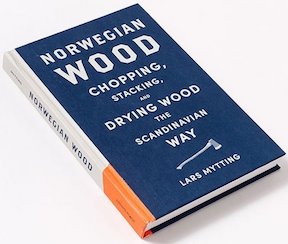

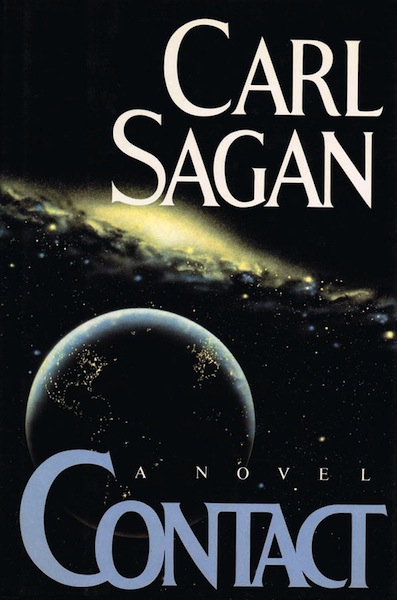
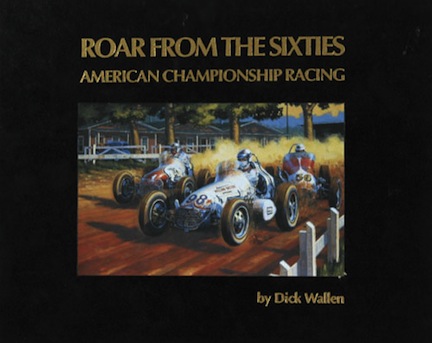
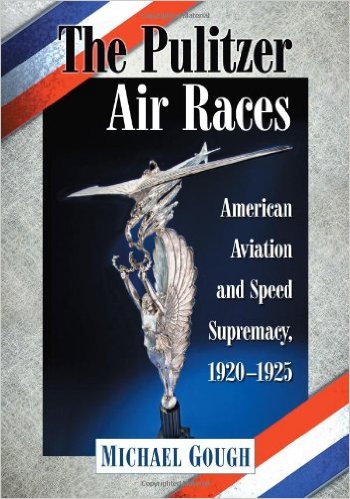
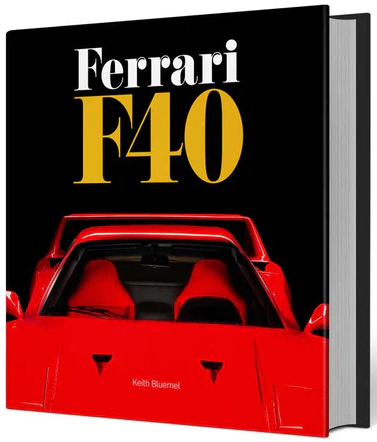
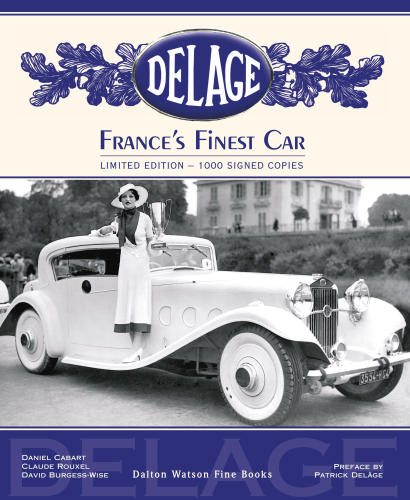
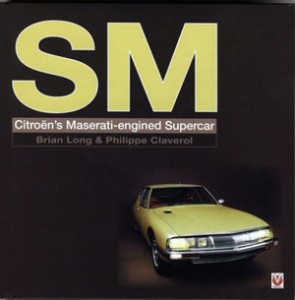
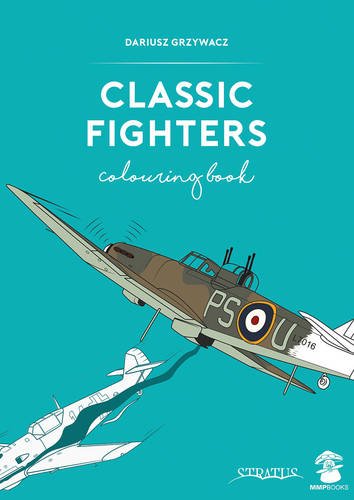
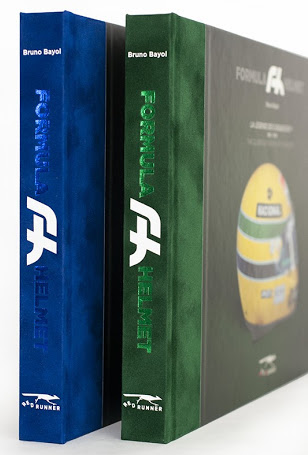
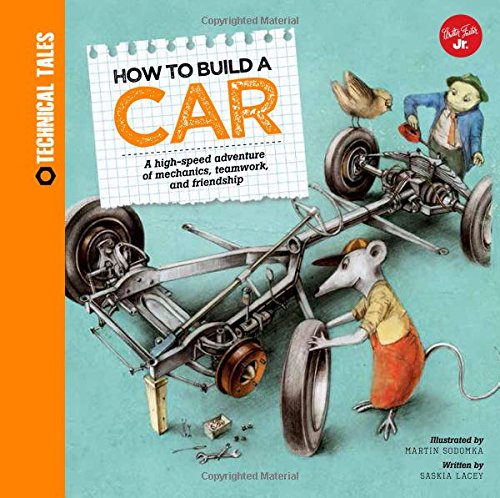
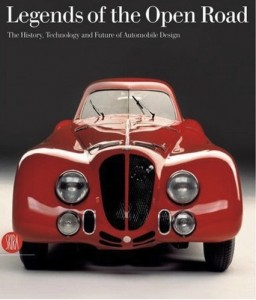
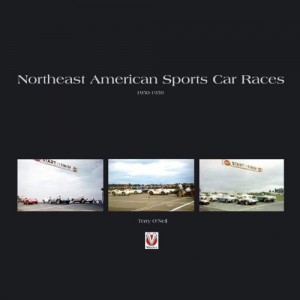
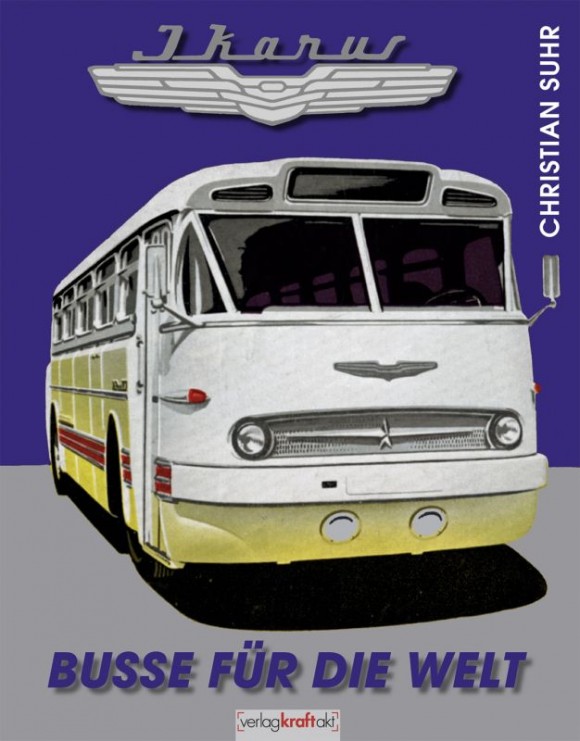
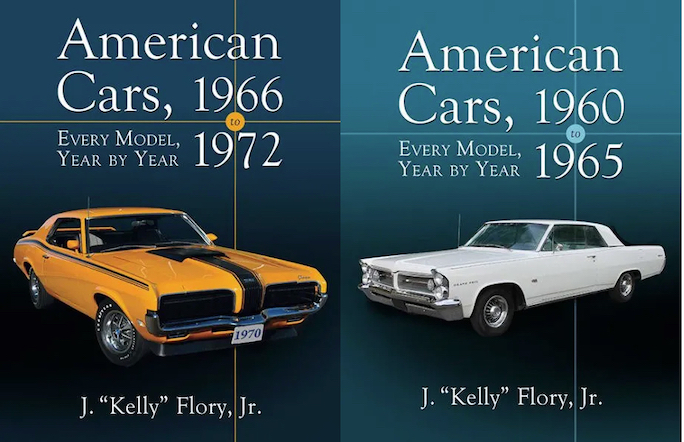
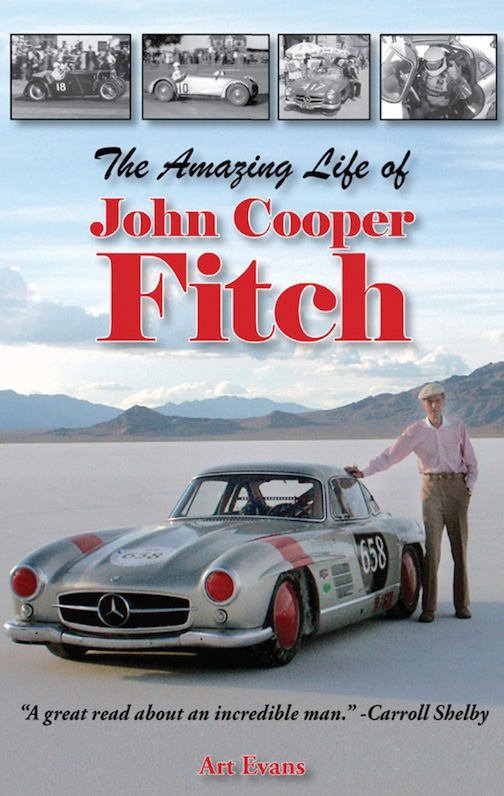

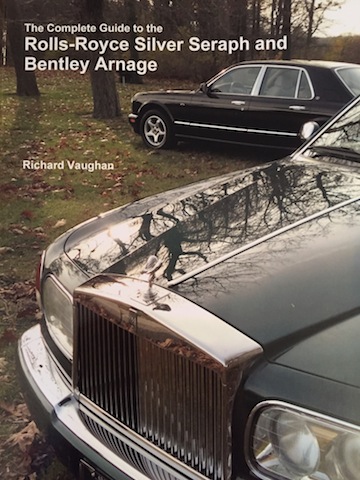
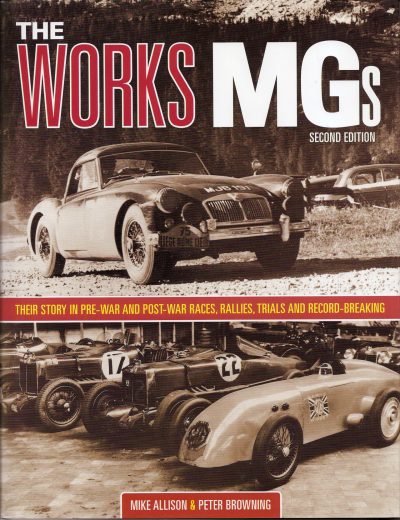
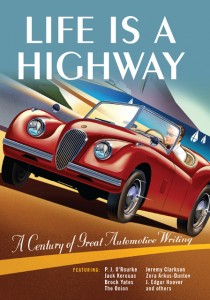
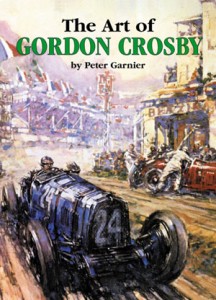
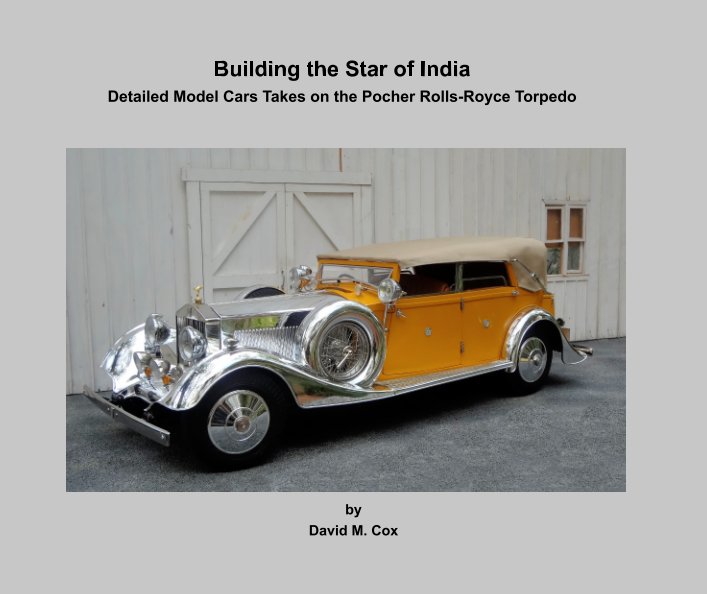
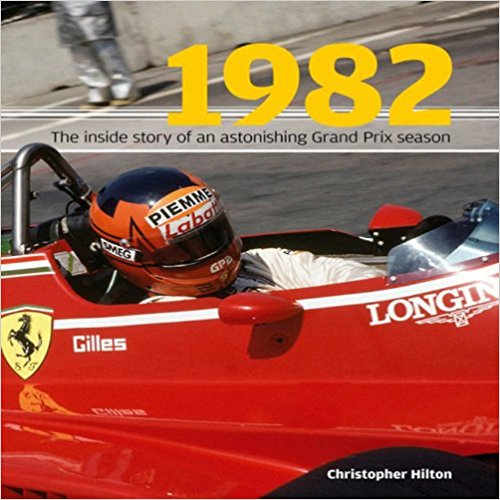
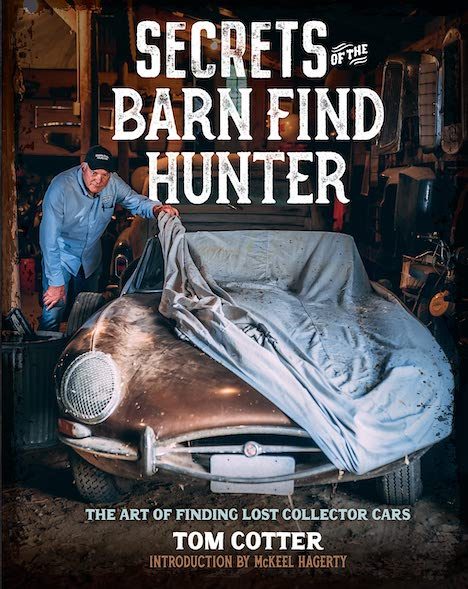
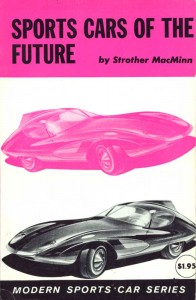
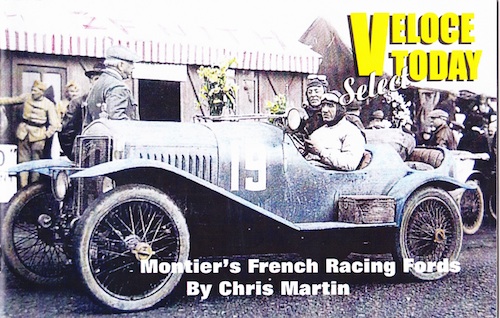

 Phone / Mail / Email
Phone / Mail / Email RSS Feed
RSS Feed Facebook
Facebook Twitter
Twitter